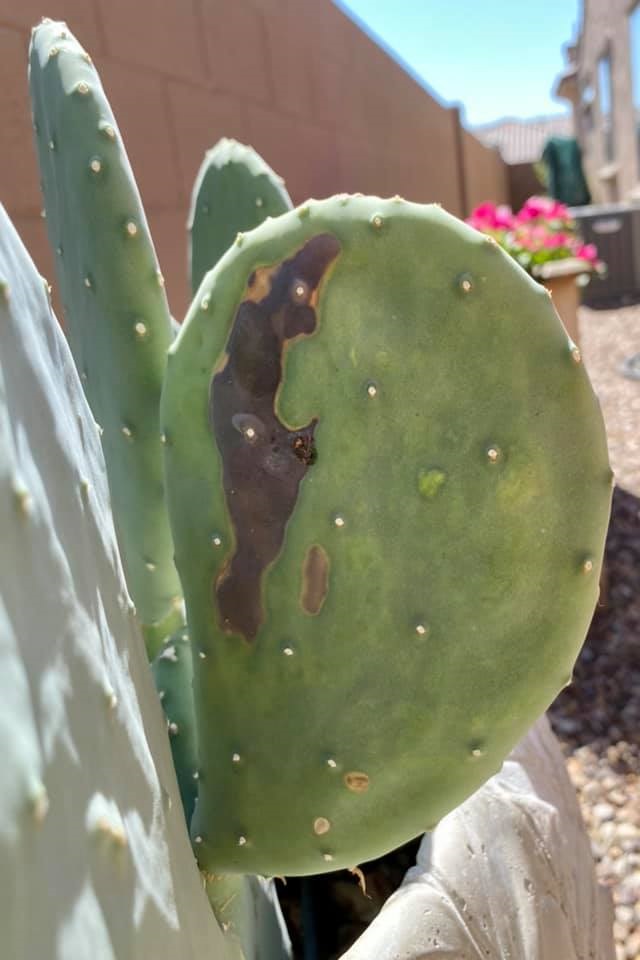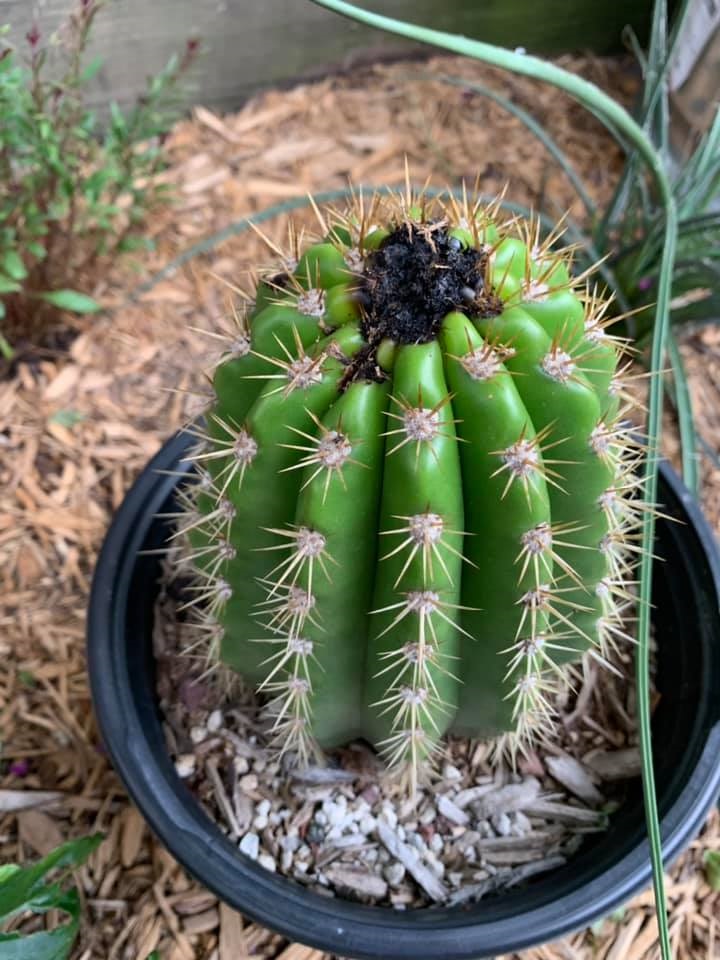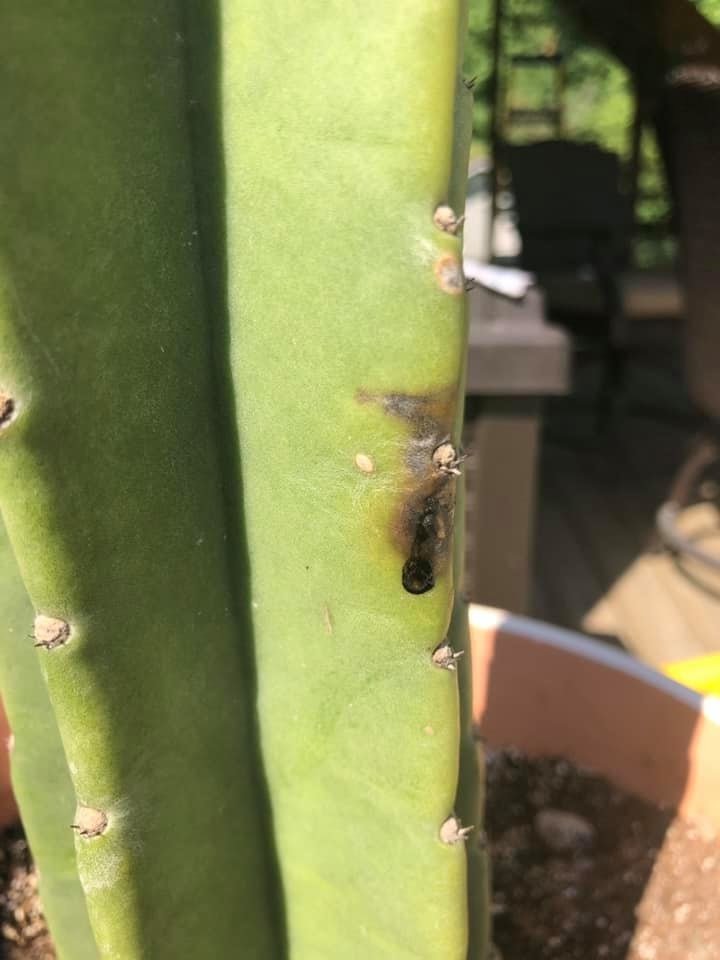Black Spots on Cactus? Try These 8 Remedies
Black spots on cactus plants can definitely make you worry, but don’t fret just yet! These spots don’t always spell disaster for your cactus. There are several reasons why black spots might show up, ranging from sunburn to diseases. The good news is that there are simple solutions to these issues.
In this article, we’re going to explore eight of the most common causes of black spots on cacti and teach you how to fix them. Whether you’re a seasoned plant lover or just starting out with your green thumb, this guide is perfect for you. It will help you identify and treat those pesky black spots on your cactus, so you can keep your plant healthy and thriving. So let’s dive in and get to the bottom of this prickly problem!

Contents
8 Reasons for Black Spots on Cactus
Black spots on cacti can be worrisome, but understanding the reasons behind them is key. In this section, we’ll explore eight common causes of black spots on cacti and the solutions for each.
1. Fungal Infection
Fungi thrive in moist environments, causing black spots, yellow spots, white cottony patches, or slimy coatings on cacti. To prevent fungal infections, keep your cactus in a dry area with good air circulation and avoid watering it too frequently. If your cactus is already infected, treat it with a cactus-specific fungicide following the instructions. Remove severely affected areas to prevent the spread of the infection.

2. Bacterial Infection
Overwatering, poor air circulation, or contaminated soil can lead to bacterial infections, resulting in black spots or streaks on cactus stems. Prevent bacterial infections by ensuring well-draining soil and a dry environment. If your cactus has a bacterial infection, use a copper-based fungicide for cacti according to the instructions. Remove severely affected areas to stop the infection from spreading.
3. Leaf Spot Damage
Leaf spots caused by environmental factors such as excessive sunlight can result in dark spots on cacti. To prevent leaf spot damage, provide indirect sunlight and adequate ventilation. Avoid overwatering, as it can encourage fungal growth. Regularly inspect your cactus, remove infected parts promptly, and use a fungicide if necessary.

4. Crown Rot
Overwatering, poor drainage, or contaminated soil can cause crown rot, resulting in black spots or yellowing near the plant’s base. Prevent crown rot by providing good air circulation and avoiding overwatering. If your cactus has crown rot, remove affected areas and apply a cactus-friendly fungicide. Follow the instructions on the label.

5. Frost Damage
Cacti cannot tolerate freezing temperatures and may develop black, wet-looking spots. Protect your cactus from frost damage by keeping it indoors in a warm environment. Use frost covers or blankets during extreme cold. Regularly check for signs of frost damage and take immediate action to minimize the impact.
6. Fertilizer Burn
Excessive exposure to fertilizer can damage cactus roots, resulting in brown or black spots. Dilute the fertilizer according to instructions and track your fertilization schedule. Remove damaged parts and ensure proper cactus care. Reduce fertilizer usage if signs of burn persist.
7. Sunburn
Cacti not used to intense sunlight can suffer from sunburn, indicated by purplish discoloration and eventually black spots. Gradually acclimate cacti to bright light, while providing adequate shade. Monitor sun-exposed cacti closely and take appropriate measures.

8. Pest Damage
Pests such as mealybugs, aphids, scales, and spider mites can cause black spots and discoloration on cacti. Regularly inspect your cactus for signs of pest infestation. Remove pests manually or use appropriate pesticides. Create a clean environment to deter pests.
Treating Black Spots on Cacti
Treating black spots on cacti depends on the underlying cause. For frost damage, bring the cactus indoors or protect it with a blanket during cold weather. Reduce exposure to fertilizer for fertilizer burn. Minimize direct sunlight and increase shade for sunburn. Remove pests manually or use appropriate treatments for pest damage. Remember to take immediate action to ensure your cactus stays healthy.
Can Cactus Rot Heal Itself?
Yes, most cacti can heal from rot. Move the affected cactus away from direct sunlight and let it air dry. Larger-sized cacti should be left without watering for several weeks. Prompt action is crucial for preventing further damage.
In conclusion, caring for cacti and addressing various issues promptly is vital for their health. By understanding the causes and solutions for black spots on cacti, you can ensure your cacti thrive and bring natural beauty to your home.
